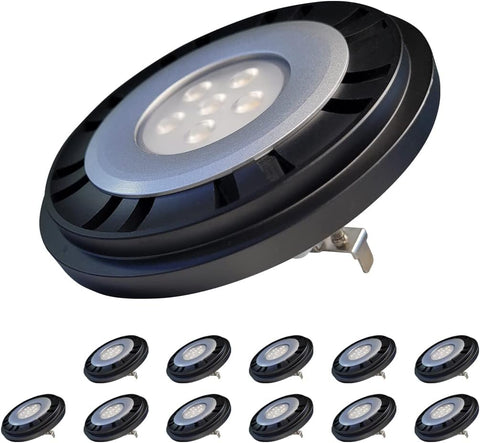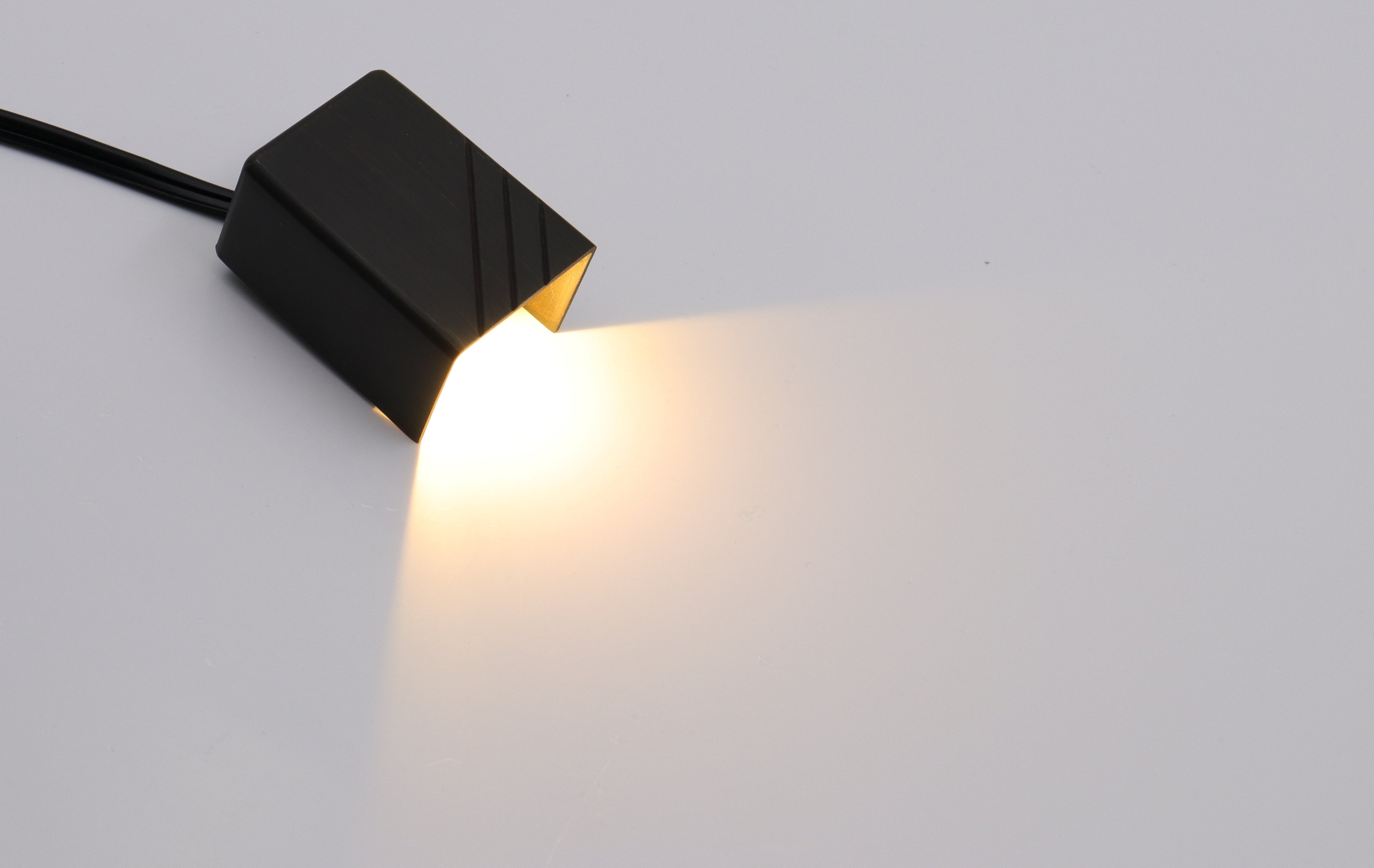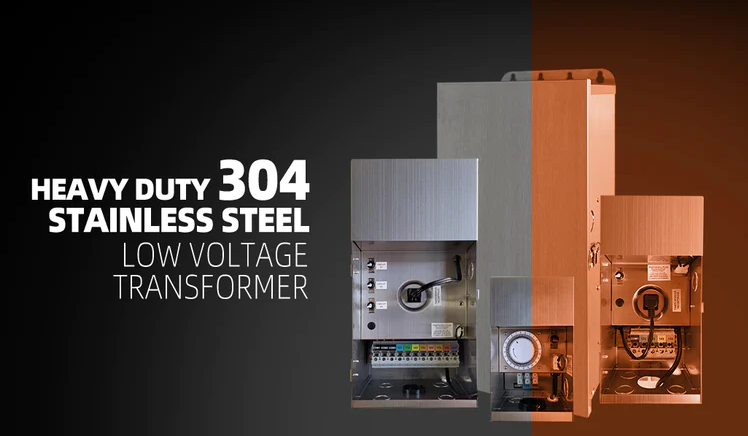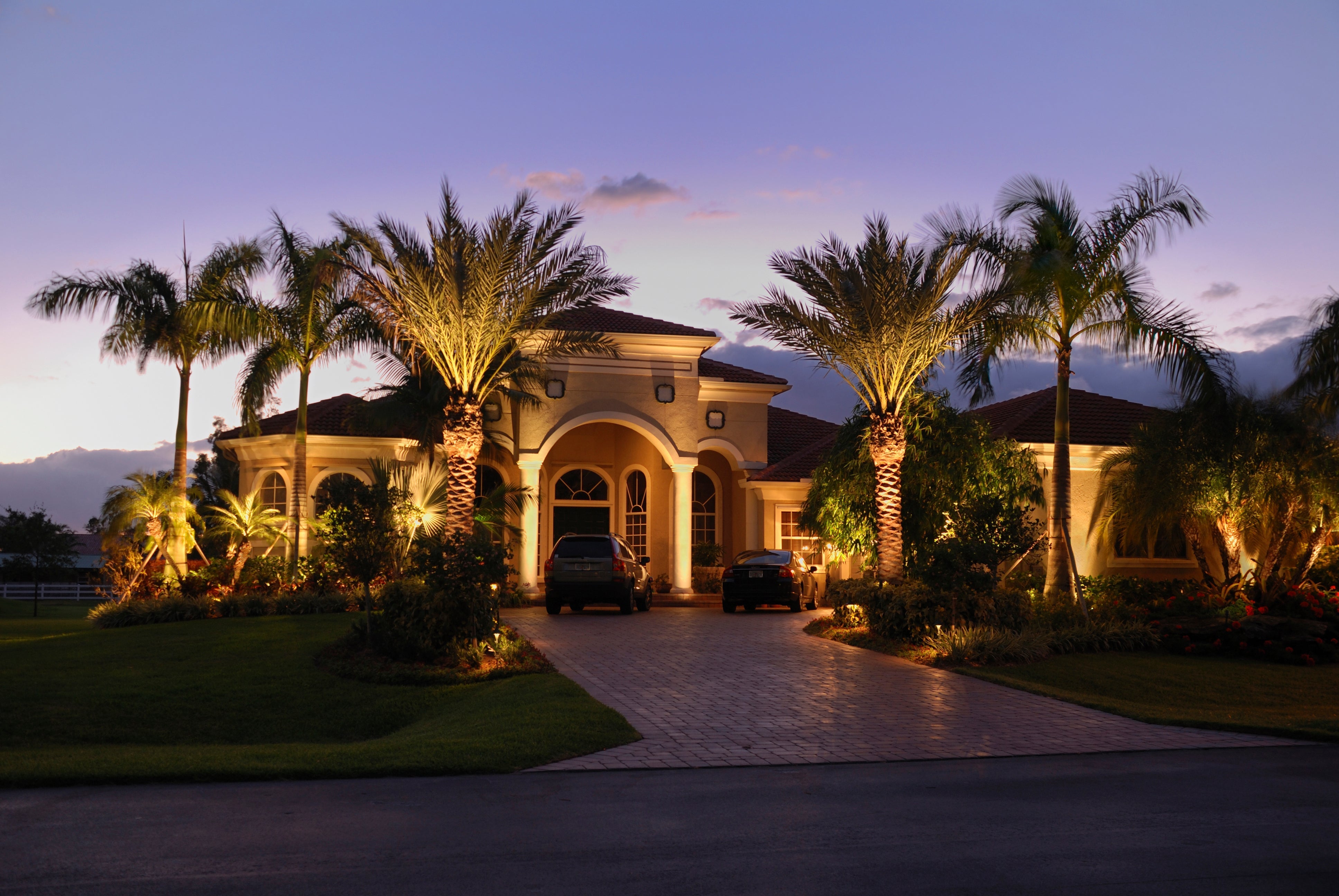Lighting up your outdoor space is not just about adding brightness; it's about creating an ambiance that enhances your environment. The key to achieving this lies in selecting the right LED bulbs. With COLOER's range of LED products, making this choice has never been easier.
Understanding LED Bulbs
LED, or Light Emitting Diode, technology has revolutionized the way we light our homes and gardens. Unlike traditional incandescent bulbs, LEDs are known for their energy efficiency, longer lifespan, and brighter light output.
Key Terms Explained
- Lumens: This measures the brightness of a bulb. More lumens mean a brighter light.
- Color Temperature: Measured in Kelvins, this indicates the hue of the light ranging from warm yellow to cool blue.
- Wattage: Indicates energy consumption, with LEDs typically requiring fewer watts for the same brightness level as traditional bulbs.
LED bulbs have become incredibly popular in recent years due to their many advantages over traditional lighting. They are much more energy-efficient, using up to 90% less energy than incandescent bulbs. This can lead to significantly lower electricity bills over time.
In addition, LED bulbs last much longer. Whereas an incandescent may last 1,000 hours at most, LED bulbs can easily achieve over 25,000 hours of use. This exceptional lifespan means fewer bulb replacements down the line.
LEDs also emit very little heat compared to other bulb types. Incandescent bulbs release 90% of their energy consumption as heat, while LEDs stay much cooler. This makes them safer to handle and install.
When it comes to brightness, LEDs shine. They provide excellent illumination while requiring substantially less wattage than other options. This exceptional luminosity combined with low energy use makes them ideal for landscape lighting applications.
Product Spotlight
COLOER offers an extensive selection of LED bulbs perfect for accenting your outdoor living areas. Here are some of their top landscape lighting options:
COLOER 12pcs G4 LED Bulbs
Dimensions: 1.45 x 0.39 x 0.39 inches
Model: COG4-01P
Applications: Path, deck, and floodlights
Features: Bi-Pin base, 2W power consumption, AC/DC 12V, Warm White (2700K)
12 mini G4 LED bulbs are ideal for path lighting and highlighting steps and other walkway features. Their compact size allows them to fit in small fixtures, while the warm 2700K color temperature creates a cozy ambiance. Running on just 2 watts, they offer energy-efficient illumination.

COLOER 12 Pack 5W MR16 LED Bulbs
Dimensions: 1.97 x 1.97 x 1.97 inches
Model: COMR16-01A
Applications: Spotlights and in-ground lights
Features: GU5.3 Bi-Pin Base, Non-Dimmable, Warm White (2700K)
With their MR16 shape and bi-pin base, these 5‑watt LED bulbs are perfect replacements for halogen spotlights. Their 2700K warm white light sets a welcoming tone while their wide 120° beam angle evenly spreads light. Use them to accent garden features or illuminate stairways.

COLOER 12 Pack PAR36 Landscape LED Light Bulb
Dimensions: 4.37 x 4.37 x 2.48 inches
Model: PAR36-01A
Applications: Large in-ground lights
Features: 10W, Low Voltage (9–17V), Waterproof, Warm White (2700K)
The PAR36 bulbs offer powerful illumination for larger areas. Their waterproof design makes them ideal for installation in-ground to light up plants and landscaping features. The 10‑watt rating provides ample brightness while remaining energy efficient.

9 Principles for Choosing the Right LED Bulbs for Landscape Lighting
-
Familiarize Yourself With Some Types of LED Bulbs for Landscape Lighting
PAR36 for broad lighting; MR16 for focused accents; G4 Bi‑Pin for compact path/task lighting. -
Measure Brightness in Lumens
Typically, 100–200 lumens are great for subtle path lighting, while 700–1300 lumens work for driveways. Low‑lumen (50–150) lights are ideal for accenting garden features. -
Consider Color Temperature to Enhance the Atmosphere
Use 2700–3000K for warm, cozy ambiance. For clearer, detail-focused lighting, opt for 5000–6500K. -
Don't Overlook the Right Beam Angle and Light Direction
Narrow beam angles highlight features like sculptures; wide angles suit general area illumination. -
Compare Energy Efficiency and Cost Savings of LED Bulbs
LEDs use significantly less energy (8‑12W) than 60W incandescents, saving ~146 kWh/year per 20‑bulb setup and lasting over 13 years versus 200 days. -
Ensure Durability and Weather Resistance
Choose outdoor‑rated bulbs with waterproofing, corrosion resistance, and shock tolerance. -
Verify Compatibility with Your Landscape Fixtures
Check bulb size, base type, and power spec to ensure seamless fit and performance. -
Create Desired Ambiance with Dimmable LED Bulbs
Dimmables offer flexibility—from bright security lighting to soft evening tones. For guidance, see the Outdoor Lighting Brightness Guide. Ensure bulbs and dimmers are mutually compatible. -
Check Warranty and Customer Reviews
Warranties safeguard against early failure; reviews offer practical insight on performance.
Installation Tips
Safety First
- Always turn off the power before installation.
- Follow manufacturer instructions for each bulb.
- Wear rubber‑soled shoes and insulated gloves when working with electrical components, especially in damp areas.
Outdoor Considerations
- Ensure all fittings are weatherproof (look for IP65 or IP67 ratings).
- Use mounts and housings to protect connections; avoid laying wires on the ground.
- Allow drainage for in‑ground lights to prevent moisture buildup.
- Secure connections and use outdoor-rated gel for sealing.
Aesthetic Touches
- Adjust spotlights to highlight your landscape design.
- Mix bulb types and colors for visual depth—warm whites for ambiance, daylight whites for features.
- Conceal wiring behind structures or underground for cleaner look.
For more outdoor lighting design inspiration, check out 10 Tips for Choosing the Perfect Outdoor Lighting for Your Home.
Maintenance and Care
Prolonging Bulb Life
- Clean bulbs and fixtures with a damp cloth to maintain brightness.
- Replace bulbs at signs of flicker or dimming promptly.
- Check for corrosion, cracks, or moisture damage and address as needed.
Electrical Safety
- Inspect connections and reseal when necessary.
- Test GFCIs and circuit breakers regularly for safety.
- Repair any damage to wire insulation to prevent hazards.
Seasonal Maintenance
- Remove snow and ice carefully in cold climates.
- Clear leaves and debris from fixtures and drainage zones in fall.
- Unplug holiday lights when not in use and store properly.
Conclusion
Choosing the right LED bulb for your landscape lighting is crucial for both aesthetic and functional reasons. With COLOER’s range of LED bulbs—including G4, MR16, and PAR36—you gain flexibility, efficiency, and durability. These options enable you to create a customized outdoor lighting scheme that elevates your landscape.






Leave a comment
All comments are moderated before being published.
This site is protected by hCaptcha and the hCaptcha Privacy Policy and Terms of Service apply.